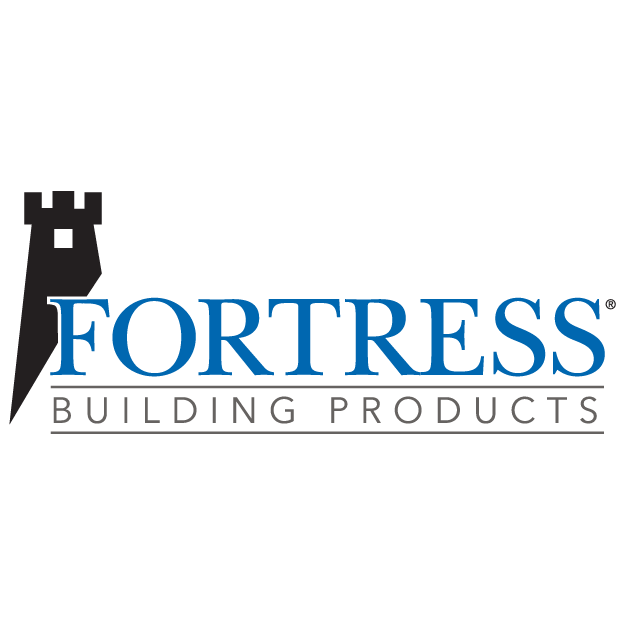Noncombustible Steel Deck Framing: A Proven Solution for Building in WUI Zones
An in-depth exploration of fire-safe, code-compliant deck construction
Sponsored by Fortress Building Products | Presented by Todd Smith and Mike Fredy
Webinar On-Demand
This course will examine how noncombustible steel deck framing makes it possible to meet stringent building and fire codes in Wildland-Urban Interface (WUI) zones. Because steel is a Class A fire-rated material, steel deck framing will not contribute fuel to a fire, reducing the threat that a wildfire poses to human life and property. Participants will also learn how steel’s strength and resistance to the damaging effects of weathering make it possible to deliver bigger and longer-lasting deck structures. This proven performance ensures the physical safety of users without compromising the project’s design vision, making steel deck framing suitable for a variety of uses in WUI zones.

Photo courtesy of Fortress Building Products
 |
With valuable professional experience and years of building material sales and representation, Todd Smith, CSI, CDT, LEED Green Associate, Senior Specifications Manager at Fortress Building Products, relates with designers, contractors, and manufacturers. Smith understands their roles, needs, and goals in the construction process passionately and respectfully working hard to provide innovative and team-oriented solutions to better the outdoor built environment. |
 |
Mike Fredy is a Business Development Manager for Fortress Building Products with over 20 years of experience in buying, selling, specifying and the education surrounding building materials. He drives product awareness to contractors in the residential and commercial segments as well as architects, insurance agencies, public agencies and code officials across the Western US. |
Fortress® is one of the strongest brands in the residential, multi-family and commercial building products industry. Explore our variety of products, including, railing, fencing, framing, lighting, pergolas and more at FortressBP.com
Originally published in Architectural Record
Originally published in October 2024
LEARNING OBJECTIVES
- Describe a WUI zone and identify WUI building code standards as they relate to deck construction.
- Summarize how steel deck framing meets stringent building and fire codes in WUI zones.
- Recall steel’s performance qualities as they relate to strength and durability to prioritize the physical safety of deck users in WUI zones.
- Apply noncombustible steel deck framing’s performance qualities to a variety of uses to expand residential and commercial use in WUI zones.












